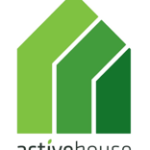Bar-ca
Location: Lacco Ameno, Ischia, Italy
Lacco Ameno, Ischia, Italy
Owner/investor: –
Architects: Eissa Shadwa, Kamalia Ayush, Sharifi Mahmoud, Khakpour Azizi Mona, Marelli Daniele
Project type: Cohousing
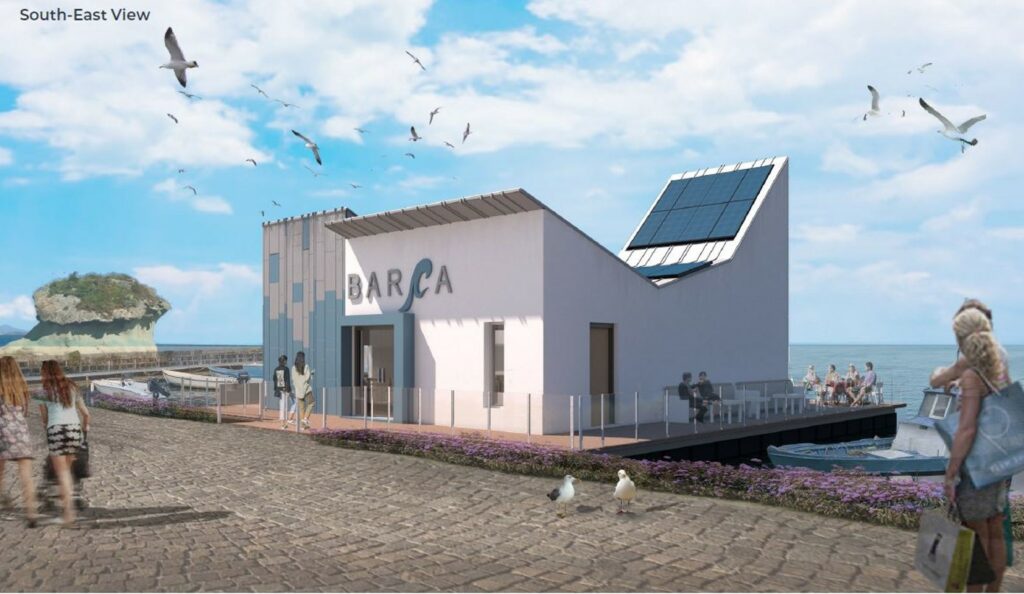
Design parameters: Comfort
- By allowing daylight in the same space from multiple sources (even through roof windows), there was a homogenous distribution of natural light. The aim was to have optimum daylight avoiding any kind of glare and discomfort. With openings of 10.5% of the envelope area, a comfortable average daylight factor of 4.5 was achieved throughout the usable spaces.
- The thermal comfort was maintained carefully placing windows predominantly in the north façade and adding calibrated shading elements maximizing winter heat gain while blocking sun in the summer. The set points in the summer and winter days were defined as per the active house guidelines to get majority hours in the finest comfort classes.
- Through operable windows, the ventilation schedule was satisfied achieving rate of ~ 3 air changes per hours. The proposed rate was significantly higher than the prescribed rate of 1.1 ACH (ASHRAE 62.1-2019) to maintain the optimum Indoor air quality.
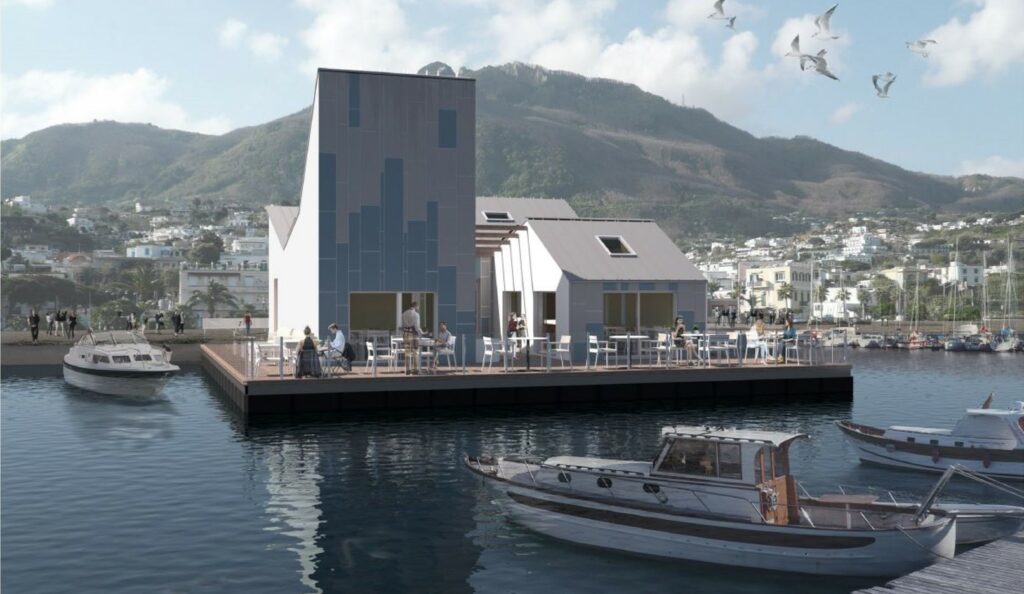
Design parameters: Energy
- The primary aim in the project was to minimize the operational energy requirements. The envelope layering was delicately planned to achieve high levels of insulation while avoiding thermal bridges and interstitial condensation. Through numerous dynamic simulations, the goal was to significantly reduce heating or cooling demand and eventually we were able to completely eliminate an active cooling system while achieving the desired comfort levels as prescribed in the Active House guidelines. The operational hours of heating system were carefully defined to avoid overheating and any excess usage. Enough daylight also aided in reducing the lighting energy demand and internal heat gains in cooling season. After the optimization, the net energy demand 66.7 kwh/m2y with majority of the energy used for space heating.
- Due to the large and correctly oriented roof, we were able to harvest a lot of energy through the PV panels. The panels were able to produce 79.3 kwh/m2y which is 1.18 times the total energy demand and the building becomes a net energy positive building when looked at annually.
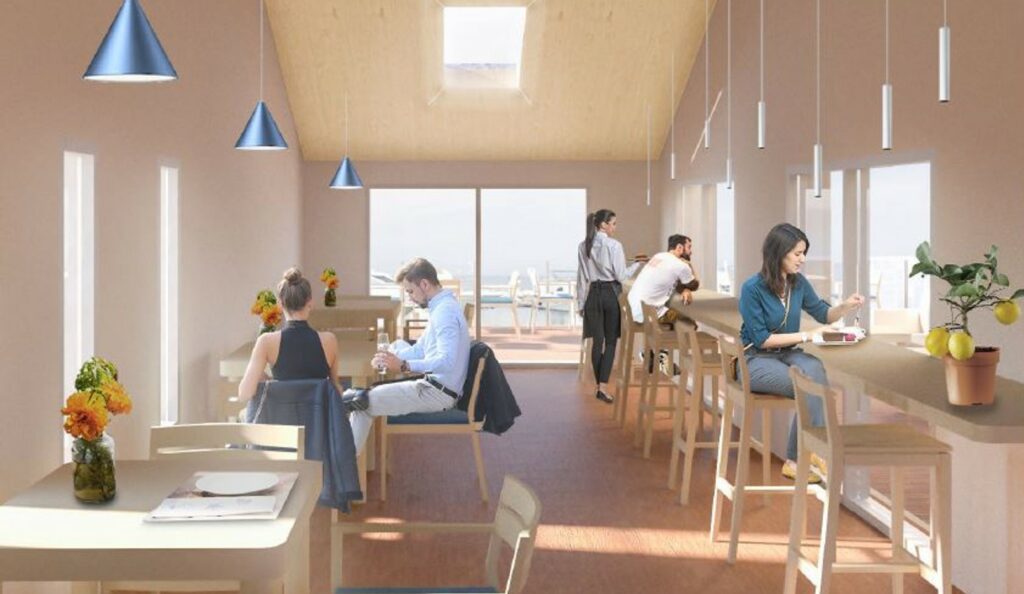
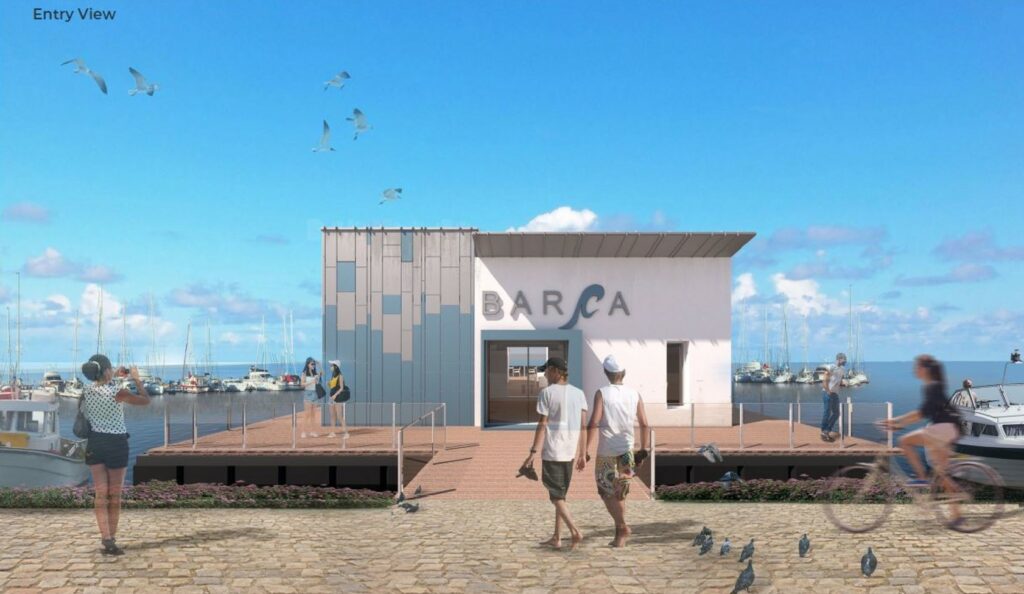
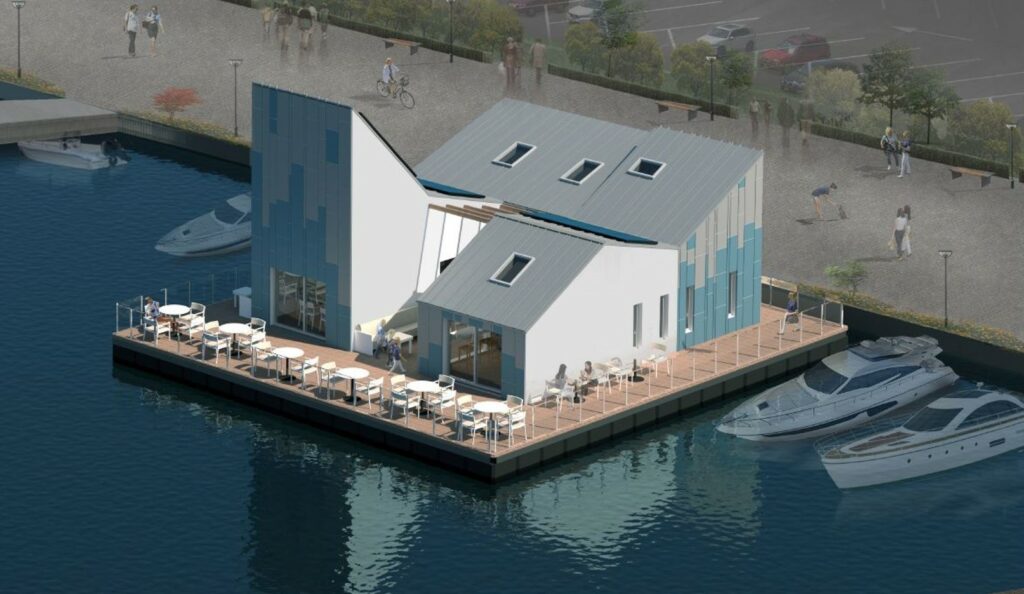
Design parameters: Environment
- Most of the materials used are biobased to have carbon sequestration. The building is made of timber frame panels, while ensuring that the wood supplied by the companies comes from forests that are FSC certified. Even some of the insulations used are biobased (wood insulation) for more carbon sequestration.
- For other materials that aren’t biobased, the importance was on recyclability of the materials. For example, the cladding is made from titanium zinc using the Zintek company which ensures it is a natural material and recyclable. For the Pontoons, it can be reused in other projects after it is used here.
- Finally, module D (credits) was used in the design strategy to help reduce the impact.
- The consumption of fresh water will be reduced avoiding its use in any of the active cooling systems; instead, they are designed to use seawater. Similarly, after a basic filtration, sea water will be used is the toilet flush.
RADAR


